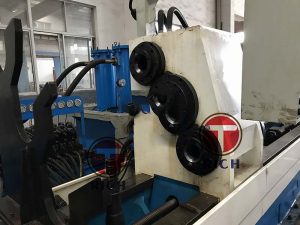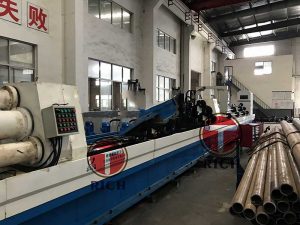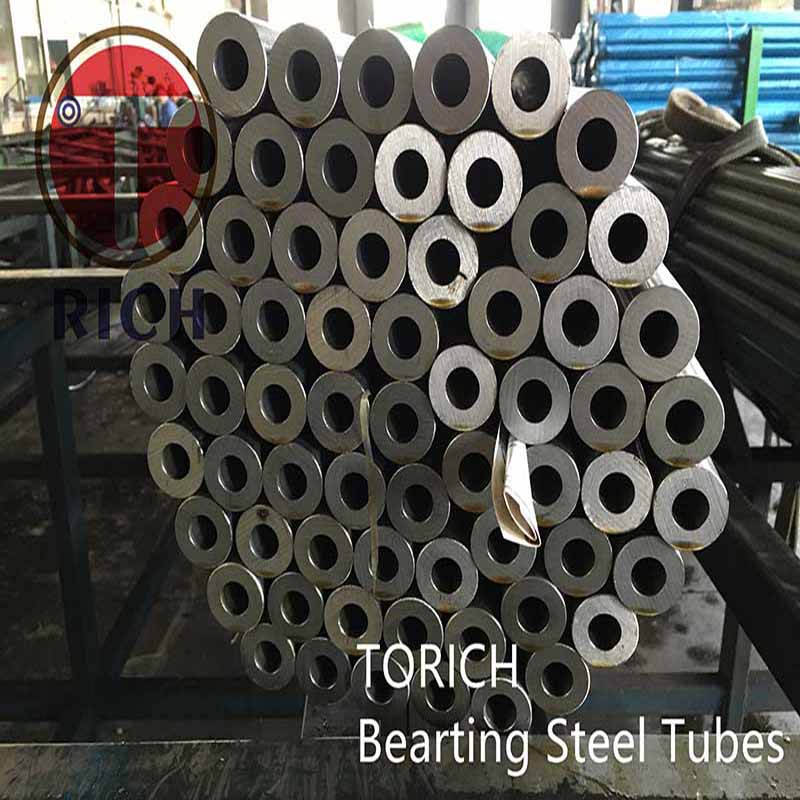What is Honing Facility?
Honing generally uses a honing machine, and the main shaft of the machine tool and the honing head are generally floating connection; but in order to improve the ability to correct the geometry of the workpiece, a rigid connection can also be used. When honing a hole, the honing head is generally inlaid with 2 to 10 whetstones, which are driven by the machine tool spindle to rotate in the hole, and perform linear reciprocating motion at the same time. It expands outward, and radially feeds the machined hole wall. Figure 1 is a schematic diagram of internal honing.
The ratio of the number of reciprocations per minute to the number of revolutions of the honing head should be taken as a non-integer, so that the machining marks formed by the abrasive on the surface of the workpiece become crossed reticles without repeating each other. Figure 2 shows the trajectory of a single whetstone honing in the hole. The oil stone reciprocates up and down once, and the workpiece rotates more than one circle. The abrasive grain size of rough honing whetstone is 120-180, and fine-grained whetstone below W28 is used for fine honing. The width of the whetstone is 3 to 20 mm, and the length is about 1/3 to 3/4 of the hole length. When the oilstone moves back and forth in the hole, the length of the two ends beyond the outside of the hole should not be greater than 1/3 of the full length of the oilstone, otherwise it is easy to produce a bell mouth; but when the overtravel is less than 1/4 of the length of the oilstone, the hole will be drum-shaped. The honing principle and operation requirements of the outer circle and plane are the same as those of the inner circle honing.


The honing allowance is generally not more than 0.2 mm. The peripheral speed of honing is about 15-30 m/min for steel processing, and can be increased to more than 50 m/min for cast iron or non-ferrous metal processing; the reciprocating speed of honing should not exceed 15-20 m/min. The pressure of the whetstone on the hole wall is generally 0.3 to 0.5 MPa, which can reach about 1 MPa in rough honing and less than 0.1 MPa in fine honing. Since the whetstone and the workpiece are in surface contact during honing, the vertical pressure of each abrasive particle on the surface of the workpiece is only 1/50~1/100 of that during grinding, and the honing speed is low, so the temperature in the cutting zone can be maintained at 50~150 Within the range of ℃, it is beneficial to reduce the residual stress of the machined surface and improve the surface quality. In order to flush the chips, avoid clogging the oilstone, reduce the temperature of the cutting area and reduce the surface roughness, the cutting fluid used in honing must have a certain working pressure and be filtered. Most of the cutting fluids use kerosene, or kerosene plus spindle oil, and some use extreme pressure emulsions. The honing tool holder can also be installed on a vertical drilling machine to achieve the task of honing inner holes without a special honing machine.









